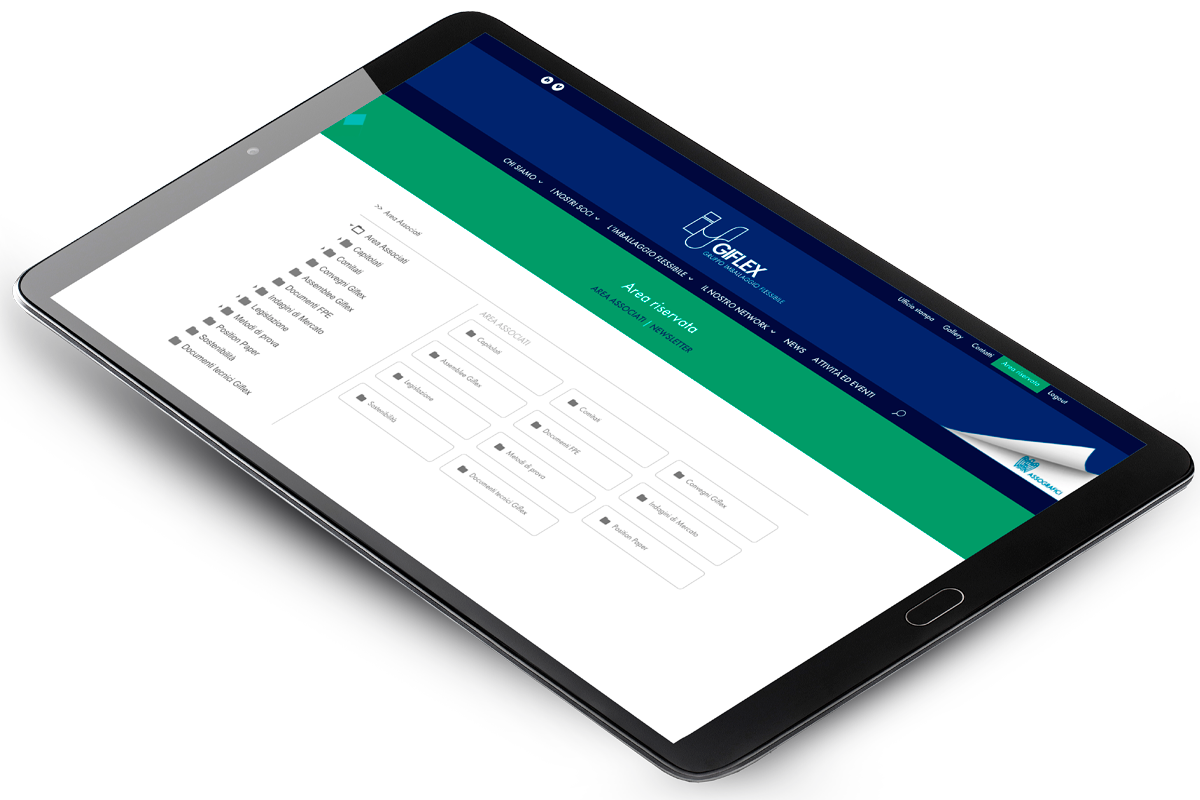Flexible packaging was conceived as a means to produce an extremely light, strong and safe protective container for the storage and transport of food and non-food products. These are essential qualities which, from both industrial and logistical standpoints, contribute to maximising productivity, minimising the use of raw materials and making transport extremely efficient.
The sector has introduced countless innovations in its products over the years, listening to the needs of both clients and consumers and contributing to the ecological transition.

WHAT IT DOES
CONTAIN
Flexible packaging is a container which encloses and contains the product, making it easier and more practical to both purchase and use.
PROTECT
The use of packaging ensures the hygiene of the contents, and also preserves their form, flavour, aroma and consistency intact.
TRANSPORT
Flexible packaging allows products to be transported easily from one place to another.
EXTEND LIFESPAN
Flexible packaging can extend the lifespan of a product to up to hundreds of times its natural perishability cycle.
COMMUNICATE
Flexible packs constitute the base on which the labels – the ID card of the product – are applied, with information concerning nutritional values, allergens, ingredients, expiry date etc.
ADVANTAGES
LONGER SHELF-LIFE
Keeping the product fresh for longer and minimising food wastage
90.6% of flexible packaging is produced for the food industry. In this sector, increasing the shelf life of the product to cater for the real needs of the consumer translates to a reduction in food wastage, particularly household food wastage. Furthermore, as demonstrated by numerous scientific LCA (Life Cycle Assessment) studies, the environmental impact of flexible packaging accounts for no more than 8% of the total impact of the food contained in the packaging.
LOGISTICAL EFFICIENCY
Reducing costs and CO₂ emissions due to transport
The lighter and more compact the product packaging is, the easier it is to optimise load space usage and reduce the total emissions for a given quantity of goods transported. It has been estimated that switching to flexible packaging for all packaged products would reduce the quantity of packaging materials consumed by approximately 80%, reducing greenhouse gas emissions by 42 million tonnes and saving over 270 million m³ of water every year.
HYGIENE and SAFETY
Protecting and ensuring the safety of the product throughout its entire life cycle
Even though flexible packaging is the most widely used form of packaging in the food industry (accounting for over 40% of all packaging, not including beverages), it only represents 10% of the total weight of food packaging. Using flexible packaging offers a significantly lighter and more efficient solution than any other form of packaging for the same product. This means that the hygiene of the product and safety of the consumer can be ensured with very little material, in a packaging system that meets the technological requisites of the market.
SUSTAINABILITY
Using recyclable materials to facilitate post-consumer waste recycling
Today, 70% of flexible packaging is recyclable. The challenge however is effectively transforming recyclable into recycled, as post-consumer waste recycling management is still hampered by many problems such as identifying new outlet markets and the management of flexible packaging in post-consumer waste by municipal authorities.


